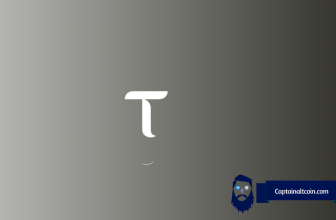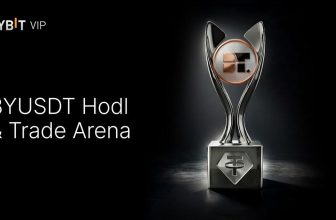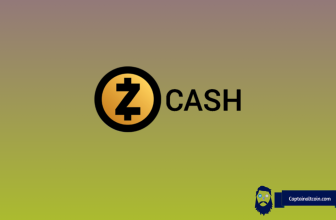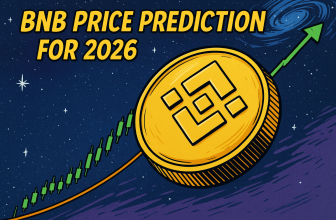
The blockchain ecosystem is home to various innovative networks, each serving unique purposes and contributing to decentralised finance (DeFi) growth and beyond. This article delves into five notable projects—Litecoin, Stellar, Celestia, Polygon, and the Qubetics Network—shedding light on their operations, unique propositions, and investment opportunities.
What you'll learn 👉
Qubetics: Building an Autonomous and Interoperable Blockchain Ecosystem
The Qubetics Network has been established to address the demand for an autonomous and interoperable blockchain infrastructure. Driven by a visionary approach, the Qubetics Network aims to create a self-sufficient, decentralised, and seamlessly integrated blockchain ecosystem with the Ethereum ecosystem. Qubetics seeks to set a new standard within the blockchain industry by focusing on scalability, security, and user-centric features.
Currently, Qubetics is in the Presale Phase 6, with 1 $TICS token priced at $0.0175692. This phase offers a particularly attractive opportunity for early investors, as a 10% price increase is set to occur in the next phase, starting in just three days. So far, Qubetics has raised over $1.5 million from 1200 holders, with 140M $TICS tokens sold. The network’s unique value proposition lies in its autonomous and interoperable infrastructure, which enables seamless interaction with other blockchain ecosystems, especially Ethereum.

Qubetics’ wallet feature offers smooth conversion between crypto and fiat, with multi-platform accessibility that makes transactions more accessible to a broader user base. This approach addresses the current needs of blockchain users and aims to bridge the gap between the crypto and traditional finance worlds. For investors, Qubetics represents a forward-looking project with a robust roadmap that aligns with the industry’s need for scalable and secure blockchain solutions.
Litecoin (LTC): A Pioneering Digital Currency
Launched in 2011 by former Google engineer Charlie Lee, Litecoin (LTC) is often dubbed “the silver to Bitcoin’s gold.” Litecoin was created to address Bitcoin’s perceived limitations, including transaction speed and scalability. It introduced several innovations, such as the Scrypt hashing algorithm, which enables faster transaction processing times. This speed advantage has positioned Litecoin as a suitable currency for everyday transactions, often processing payments four times faster than Bitcoin.
Over the years, Litecoin has maintained a strong community and high liquidity, with many merchants accepting it as payment. Litecoin’s steady performance has made it a trusted choice among cryptocurrency investors, especially for those seeking a more reliable store of value without the high transaction fees or processing times that can be encountered with Bitcoin.
Stellar (XLM): Bridging the World’s Financial Systems
Founded by Jed McCaleb, co-founder of Ripple, in 2014, Stellar aims to bridge traditional financial systems and the blockchain ecosystem, particularly targeting unbanked and underbanked populations. Stellar’s native token, Lumens (XLM), is crucial in transferring value between different currencies on the network, allowing for fast, low-cost cross-border transactions.
Stellar’s open-source, decentralised protocol facilitates seamless exchanges between fiat and digital currencies, making it a preferred solution for institutions and individuals looking to send money across borders quickly and affordably. It has partnered with several major financial institutions, including IBM, further cementing its reputation as a bridge between conventional banking and blockchain. Stellar’s unique position in the market has attracted investors interested in blockchain solutions for global financial inclusion.
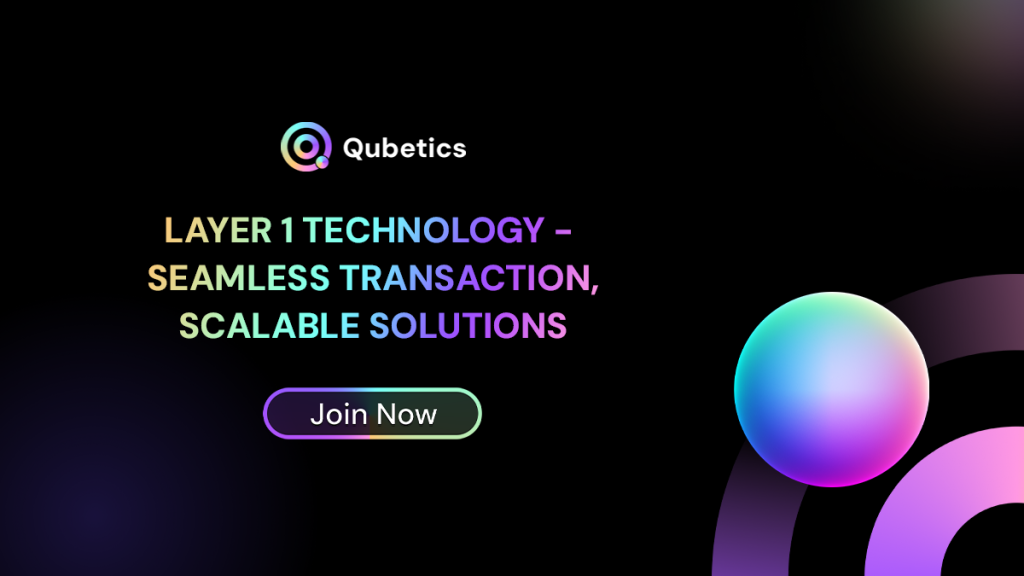
Celestia: Modular Blockchain for Scalability and Customization
Celestia is a modular blockchain solution focusing on scalability and customisation, particularly for developers seeking an efficient infrastructure to build decentralised applications (dApps). Unlike monolithic chains, Celestia decouples consensus and data availability, allowing developers to customise the chain according to specific needs while maintaining security and decentralisation.
By enabling customisable, application-specific blockchains, Celestia empowers developers with greater flexibility and reduces the constraints associated with traditional blockchain models. This design allows developers to build on Celestia while leveraging its consensus and data availability layers for security, which can lead to more optimised and scalable dApps. Celestia presents a unique value proposition for investors: it seeks to address scalability, one of the most critical challenges in blockchain technology, offering potential long-term growth as demand for scalable blockchain solutions increases.
Polygon (MATIC): Enhancing Ethereum’s Capabilities
Polygon, previously known as Matic Network, is a layer-2 scaling solution designed to improve the scalability and functionality of the Ethereum network. By offering a suite of tools, Polygon enables developers to create Ethereum-compatible dApps without facing high fees and latency issues. Polygon’s native token, MATIC, powers transactions within the ecosystem and has become one of the more stable and reliable tokens in the DeFi and Web3 spaces.
Polygon has become an essential solution for Ethereum scalability, providing fast, low-cost transactions without compromising security. This efficiency has drawn a range of projects to Polygon, from DeFi applications to NFT platforms. Polygon’s cross-chain compatibility and broad array of tools have positioned it as a key player in enhancing Ethereum’s capabilities. It is a top choice for investors looking to diversify their portfolio with assets that drive innovation in the Ethereum ecosystem.
Final Thoughts
These five projects—Litecoin, Stellar, Celestia, Polygon, and Qubetics—represent various aspects of the blockchain ecosystem, from everyday transactions and financial inclusion to developer scalability and autonomous infrastructure. Litecoin continues to be a reliable option for quick transactions, while Stellar addresses the pressing need for financial inclusivity. Celestia offers a modular approach to blockchain, tackling scalability issues, and Polygon enhances the functionality of Ethereum with layer-2 solutions.
Qubetics, meanwhile, is creating a promising future for interoperability and autonomy in blockchain, with a presale that opens the door for early adopters to join an innovative ecosystem. Each of these networks provides unique opportunities, reflecting the diverse and evolving nature of the blockchain landscape, and offers compelling options for investors looking to diversify within the industry.




